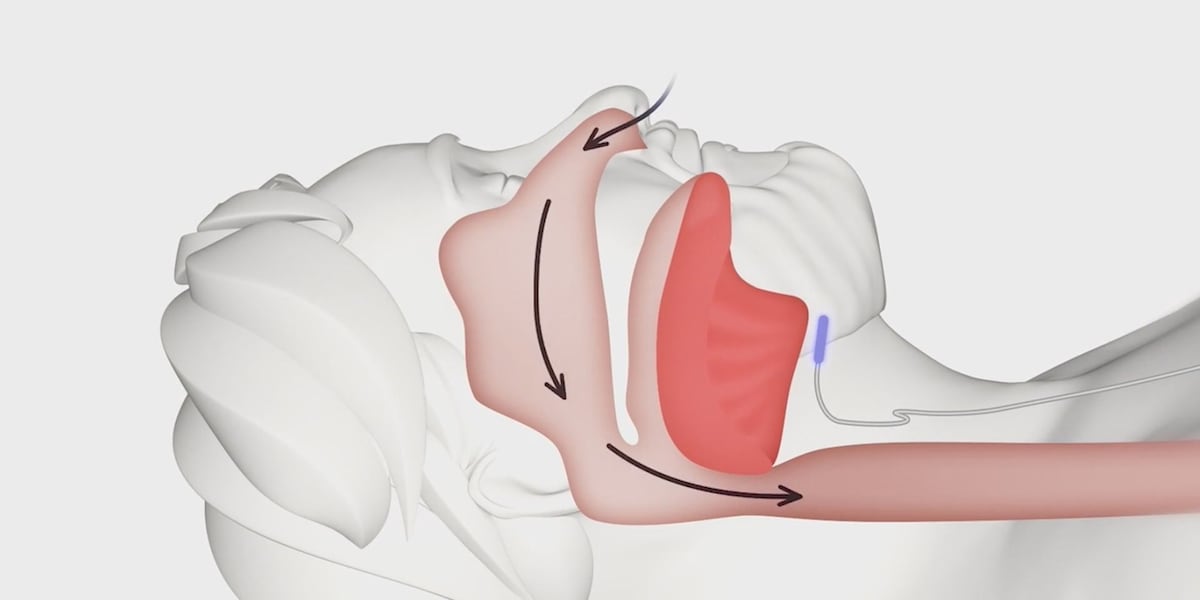Mouth Taping for Better Sleep? My 3-Week Experiment & What I Discovered

The wellness world is full of intriguing trends, and lately, mouth taping has been gaining serious traction. The idea? To gently tape your mouth shut while you sleep, supposedly improving sleep quality, reducing snoring, and even boosting overall health. Sounds a little wild, right? I had to try it. Here’s a breakdown of my three-week mouth taping experiment, the initial awkwardness, and the surprising benefits I experienced.
What is Mouth Taping and Why Do People Do It?
The concept behind mouth taping stems from the idea that most people breathe through their mouths while sleeping. Mouth breathing can lead to a whole host of issues, including dry mouth, bad breath, snoring, and even disrupted sleep patterns. By gently taping your lips closed, you encourage nasal breathing, which is considered healthier and more efficient. Nasal breathing filters, warms, and humidifies the air before it reaches your lungs, and it's also linked to improved oxygen uptake and reduced inflammation.
My Experiment: Three Weeks of Mouth Taping
Let's be honest, the first few nights were… interesting. The feeling of having your mouth taped shut is undeniably strange, and the initial guilt about using single-use tape (I opted for paper tape specifically designed for this purpose) and the potential for a dramatic morning cry-fest (a “morning shed,” as some call it) was real. I made sure to do thorough research and understand the proper technique before starting - ensuring the tape was breathable and wouldn't restrict airflow.
I started slowly, just a small strip of tape across my lips. It's crucial to listen to your body and adjust the amount of tape accordingly. I also made sure to have the tape readily available in case I needed to remove it quickly. My partner was a great support, just in case!
What I Learned: The Unexpected Benefits
After the initial awkwardness subsided, I started noticing some positive changes. The most significant was a noticeable improvement in my sleep quality. I woke up feeling more rested and less groggy. My snoring (which my partner kindly pointed out) seemed to decrease significantly. I also found that my morning dry mouth was much less severe. While it's hard to attribute these changes solely to mouth taping, the correlation was undeniable.
Beyond the physical benefits, there was a surprising mental shift. Forcing myself to focus on nasal breathing throughout the night seemed to subtly improve my overall awareness of my breathing patterns during the day. It's a small thing, but it contributed to a feeling of greater calm and control.
Important Considerations & Safety
Disclaimer: Mouth taping isn't for everyone. It’s crucial to consult with your doctor or dentist before trying it, especially if you have any respiratory conditions like asthma, sleep apnea, or nasal congestion. Never use strong or impermeable tape. Always use breathable, hypoallergenic tape specifically designed for this purpose. If you experience any discomfort or difficulty breathing, remove the tape immediately.
Here’s a quick recap of safety tips:
- Consult your doctor first.
- Use only breathable, hypoallergenic tape.
- Start with a small amount of tape.
- Be prepared to remove the tape if needed.
- Don't force it – if it doesn't feel right, stop.
The Verdict: Would I Recommend It?
My mouth taping experiment was a surprisingly positive experience. While it's not a magic bullet for all sleep woes, it did offer noticeable benefits. If you're looking for a simple, low-cost way to potentially improve your sleep quality and nasal breathing, it might be worth a try – but always prioritize safety and consult with a healthcare professional first. Kia kaha (stay strong) on your wellness journey!





